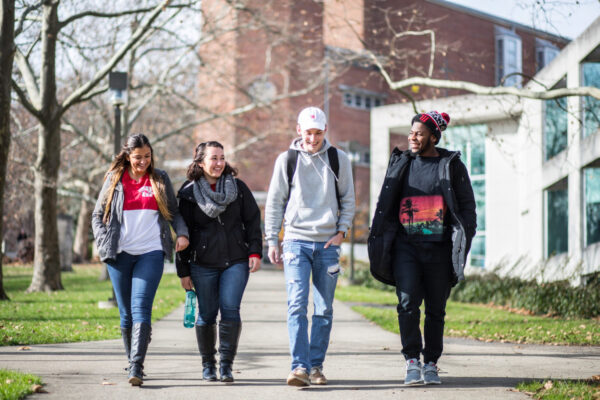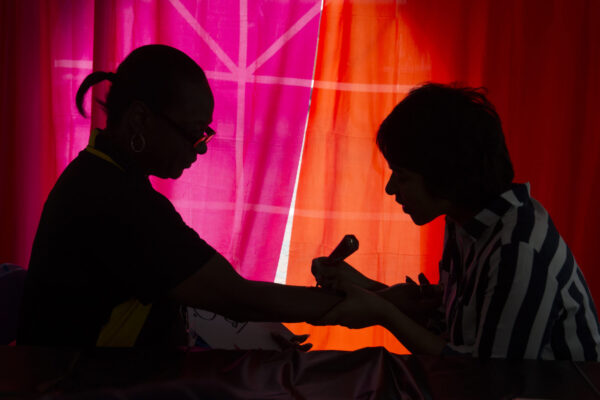Recent Trends in Student Loan Debt
Title: Student Debt and the Class of 2018
Source: The Institute for College Access & Success (TICAS)
Author: Veronica Gonzalez, Lindsay Ahlman, and Ana Fung
A report published by TICAS documents recent trends in student loan debt based on data from students who graduated from public and private nonprofit four-year colleges in 2018.
The findings point to geographic, socioeconomic, and race-based variations in student debt and repayment. The authors also offered policy recommendations at both the institutional and federal levels.
Major findings from this report include:
National trends
The rate at which student debt is growing has substantially slowed down since 2012, which is partially attributed to increasing state spending and grant aid. With a 2 percent increase from 2017, the average debt 2018 college graduates owed was $29,200. Despite the slowing growth rate in student debt, however, the authors point out that state funding for higher education is still below pre-recession levels.
Trends in private loans
Seventeen percent of loans owed by 2018 college graduates came from private banks and lenders. Data from 2016 also show that more than half of students who turned to private lenders did not take out the maximum amount of federal student loans.
Geographic variation
Both the percentage of students who had debt and the amount of student debt owed varied noticeably across states. Utah had the lowest average debt at $19,750 and lowest share of students who owed debt (36 percent). Connecticut had the highest average debt ($38,650), and New Hampshire had the highest percentage of students who owed debt (76 percent).
Socioeconomic and race-based variation
College graduates who are African American, first-generation, came from low-income households, or started college at for-profit institutions were more likely to default on their federal student loans within 12 years of entering college.
For more details, click here to read the report.
—Yuan He
If you have any questions or comments about this blog post, please contact us.


